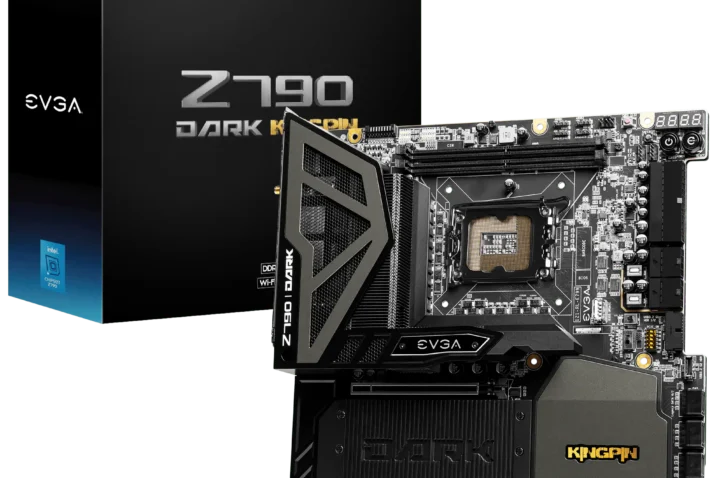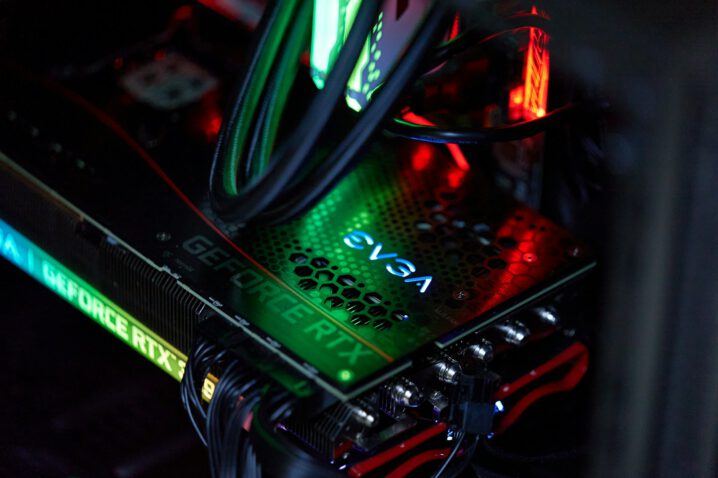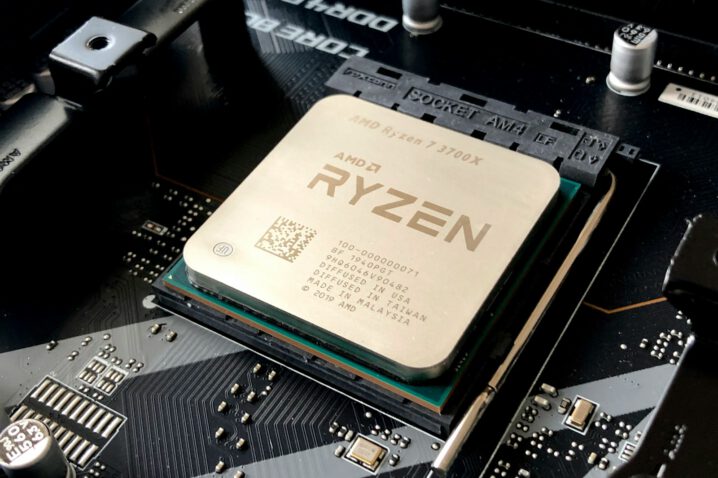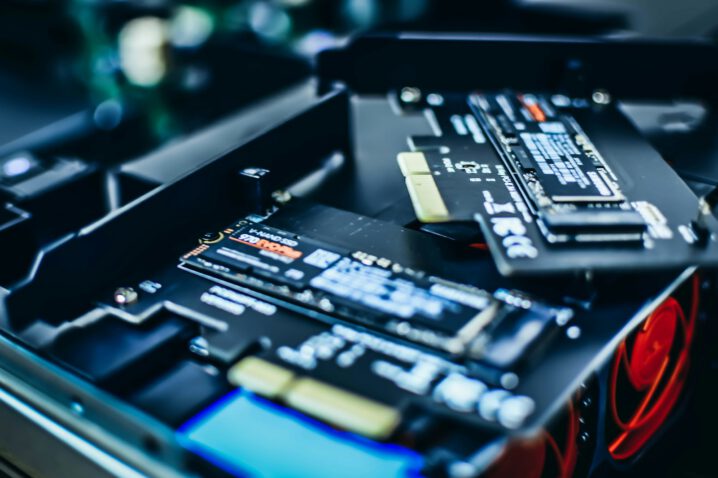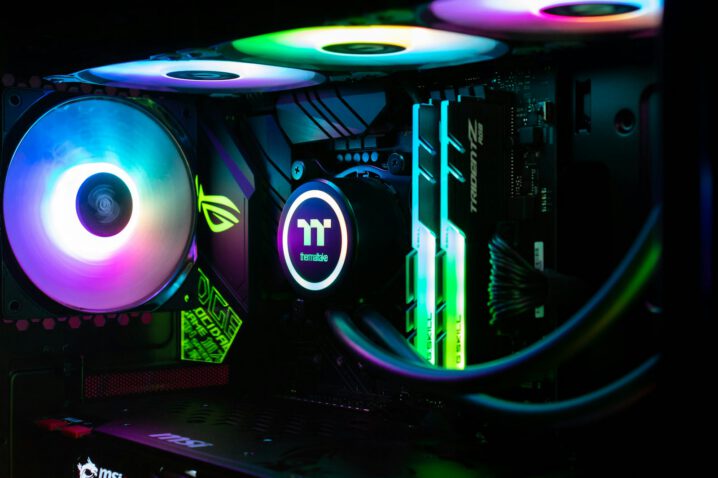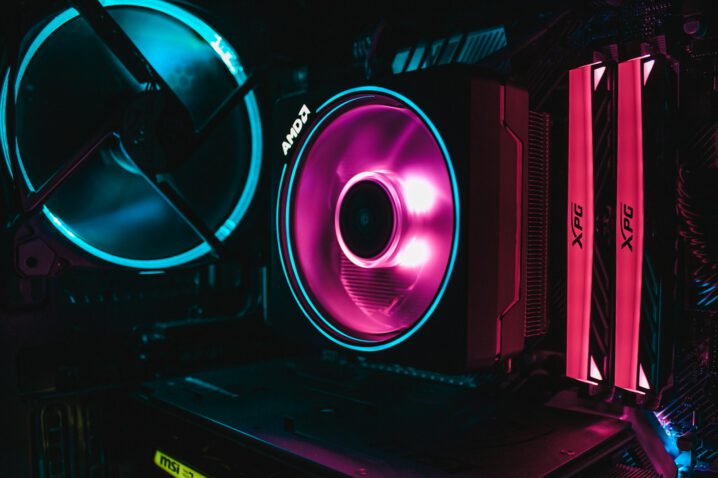EVGA’s Z790 Dark K|NGP|N motherboard has set a new overclocking record with Intel’s i9-14900KS. Overclockers achieved 8.2GHz on all P-cores using liquid helium cooling. The board features a 24-phase VRM and reinforced power connectors.
Validation screenshots from CPU-Z and HWBOT confirm the record. Memory speeds reached DDR5-9000, and system stability was maintained for benchmark runs. VRM temperatures remained manageable thanks to active cooling.
The Z790 Dark K|NGP|N’s performance cements its status as a top choice for extreme overclockers. EVGA’s engineering focus on power delivery and stability pays off in competitive scenarios. The board’s limited availability may drive demand among enthusiasts.

